The Jews of
Salonika
Salonika (ancient Thessalonica) is a major port in northeast Greece and the country’s second-largest city. Around one thousand Jews live in modern-day Salonika, having arrived after WWII from other lands. Jews first arrived in Macedonia (northern Greece) during the reign of the Persian ruler Darius I (513 BCE) and more followed during the Persian War (480 BCE). Salonika was established by Cassander in 315 BCE who was given authority over the region after the death of Alexander the Great. There was an influx of Jewish refugees from Palestine and Alexandria between 145 and 135 BCE. There are references to a Jewish community in Salonika in the first century found in the New Testament book of Acts (chapter 17). The Jewish community was comprised of ethnic Jews and Greek converts to Judaism sometimes called Hellenized Jews. Salonika was situated on the Roman Via Egnatia which ultimately connected Turkey with Italy. Sometime around 1170, the Jewish traveler and writer Benjamin of Tudela indicated that around 500 Romaniote Jews (Jews native to the eastern Mediterranean), lived in Salonika.
After the expulsion of Jews and Arabs from Spain in 1492, many Jews immigrated to Salonika primarily because the Ottoman Turks wanted to offset the Greek population with a larger resettlement of Jews. The Jews were from the Sephardi branch of Judaism. The name Sephardi means Spanish or Hispanic. Sephardi Jews maintained their own distinct customs and rituals, preserving Babylonian Jewish traditions rather than the Palestinian ones preserved by Ashkenazi Jews of Eastern Europe. The Jewish population in Salonika grew to be one of the largest and most influential centers in Europe. It became an intellectual and cultural center with the production of books and attracted scholars and students for the study of the Torah and the Talmud. The Jews of Salonika spoke Ladino or Judeo-Spanish. Salonika was called la madre Israel (Mother of Israel) and also the Jerusalem of the Balkans. It was the largest city in Europe in the late 19th and early 20th centuries with a predominately Jewish population. In 1896, half of its 100,000 inhabitants were Jews.
A fire in 1917 destroyed much of Salonika. The Jewish quarter was destroyed and over 30 synagogues were burned to the ground. The names of the synagogues indicate the rich cultural fabric of Salonikan Judaism. The synagogues had names such as Ashkenaz (Germany), Majorca, Provence (France), Italy, Castile, Aragon, Catalonia, Lisbon, Sicily, Portugal, and Spain. Each had its own traditions and customs, and each buzzed with its own dialects or languages. Salonika was a mosaic of Sephardi Judaism, with each community representing successive waves of refugees seeking a new life.
Approximately 52,000 Jews lived in Salonika when the Nazis occupied Greece in 1941. At that time, there were 12 rabbis and four soferim (scribes) in Salonika. The Nazis, lured by stories of religious treasures, sought to confiscate all of the valuables. A special Nazi unit called the Commando Rosenberg was dispatched from Frankfurt, Germany in 1941. They collected tens of thousands of manuscripts and rare books from private holdings and libraries as well as Torahs and other scrolls, prayer books and ritual objects from the synagogues.
Jews of Salonika were forced to live in three ghettos. The Nazis constructed a so-called transit ghetto next to the railway station. Train convoys shipped 1,000 to as many as 4,000 Jews per transport directly from Salonika to Auschwitz and to other death camps. Incredibly, the Jewish passengers were even forced to pay for their own train tickets. Between March and August of 1943, 19 transports sent 48,533 Jews from Salonika to their graves.
When the death camps were liberated in 1945, only 2,000 Jews from Salonika had survived. Only the Polish Jews suffered a greater level of devastation during the Holocaust. The archives of the Jewish community in Salonika ended up in Moscow. The survivors returned to Salonika hoping to reunite with their families and pick up their tattered lives. Sadly, their hopes were shattered; nothing remained. Most eventually started over in Israel, the United States, Canada, Australia or South America. The Hechal Yehuda Synagogue, commonly known as the Recanati Synagogue, was founded by Jews from Salonika in Tel Aviv. It maintains Salonikan customs in prayer and music.
The Salonika Torah and Haftarah are powerful spiritual vestiges of a once vibrant Jewish community. They remind us of the people who copied, preserved and cherished these scrolls, and of their lives of faith, community and their aspirations. The scrolls are also a vivid reminder of the murderous horrors of the Holocaust and God’s wonderful faithfulness to His people and to his Word.
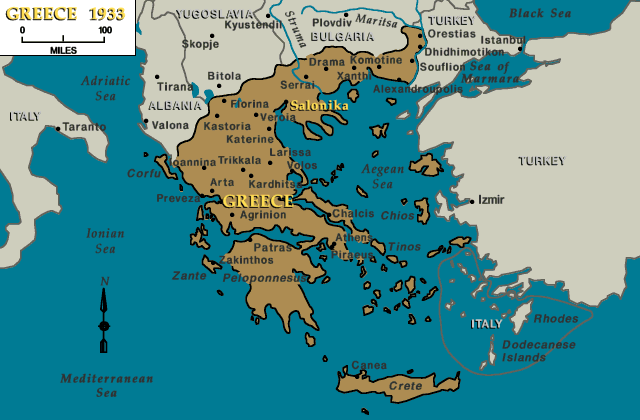
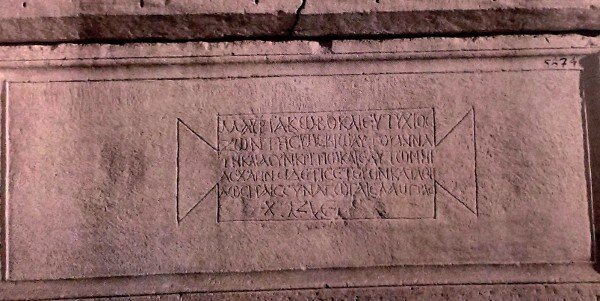

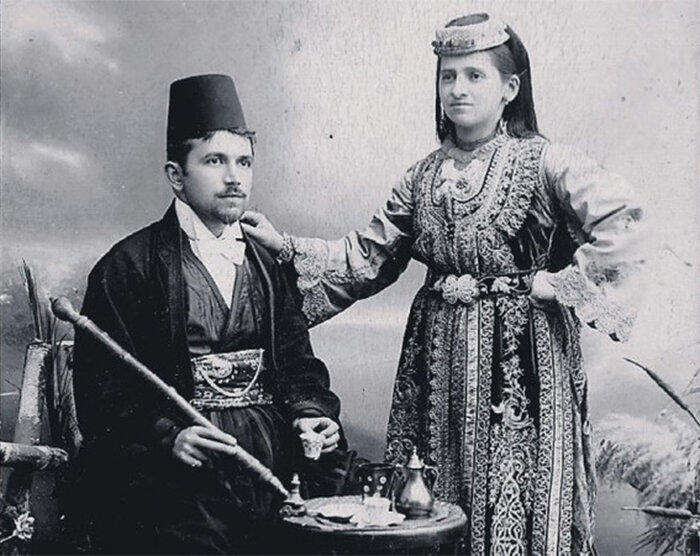
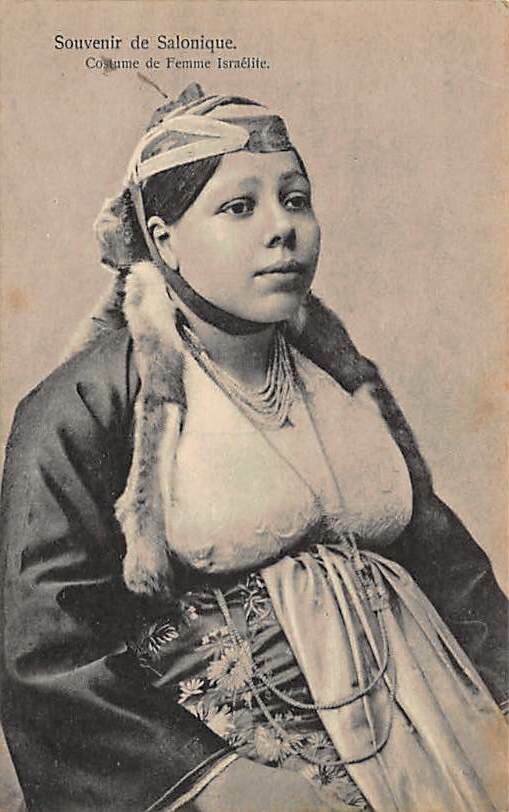
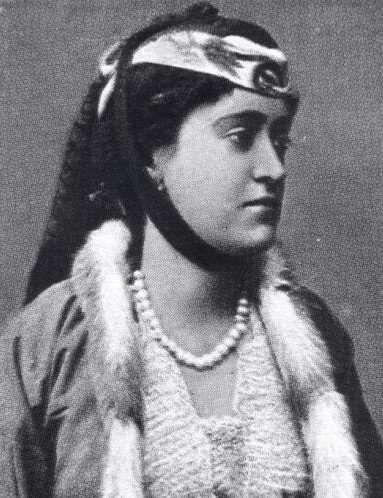
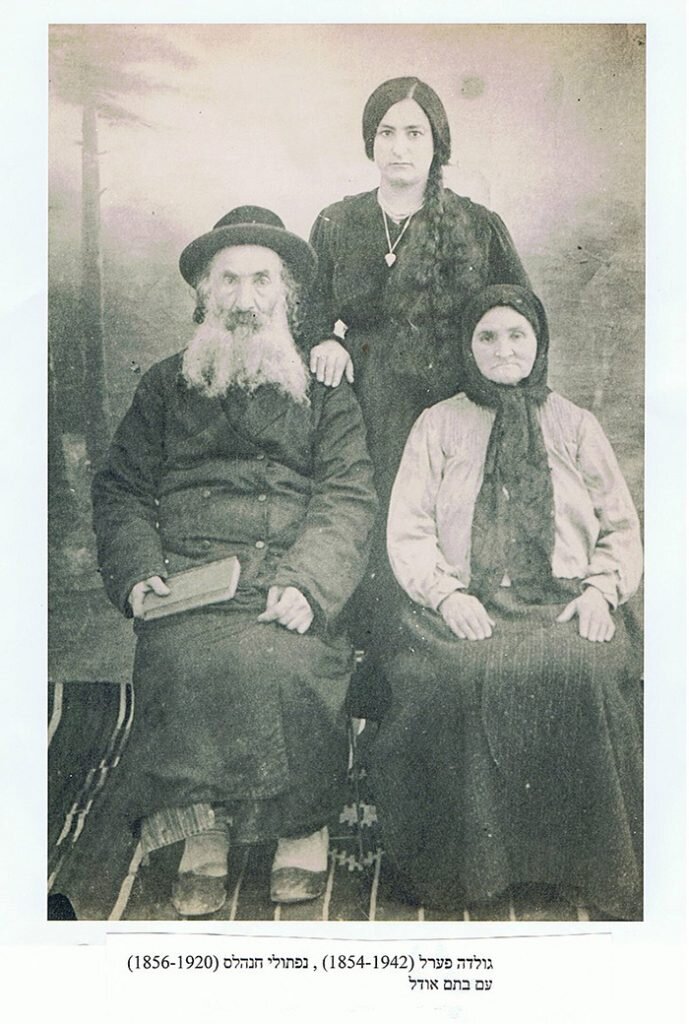
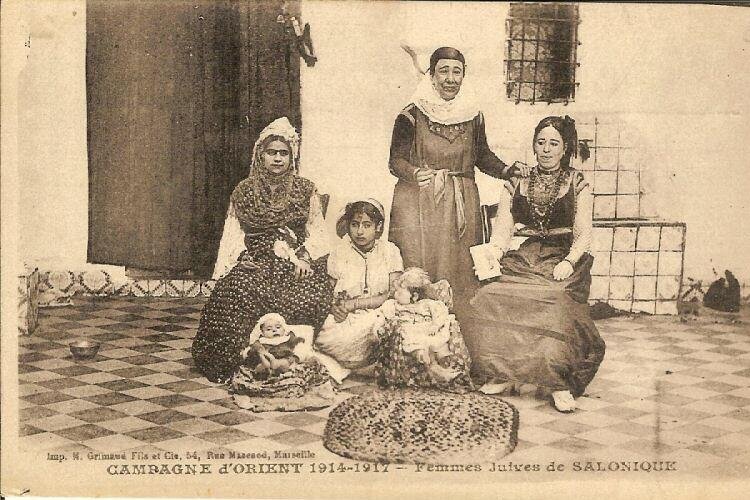
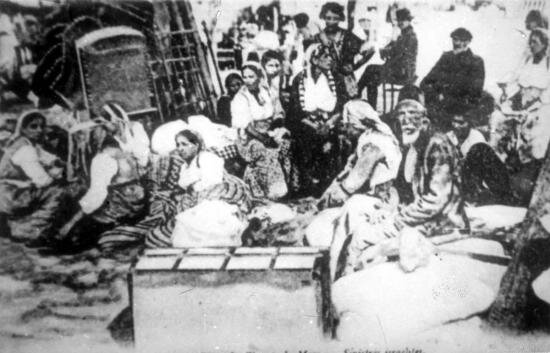
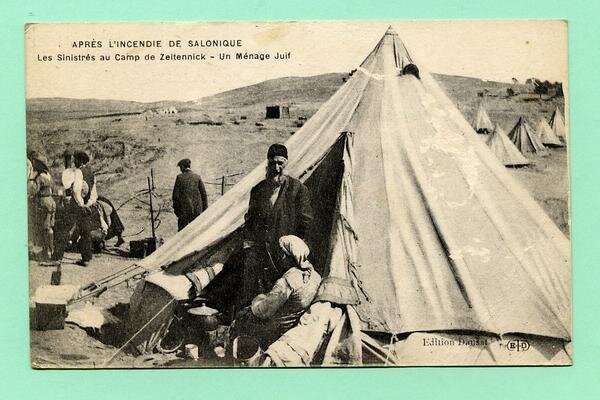
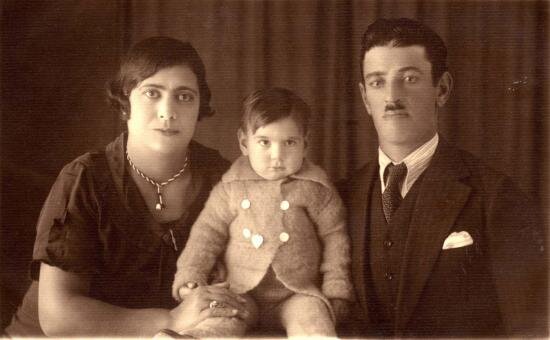
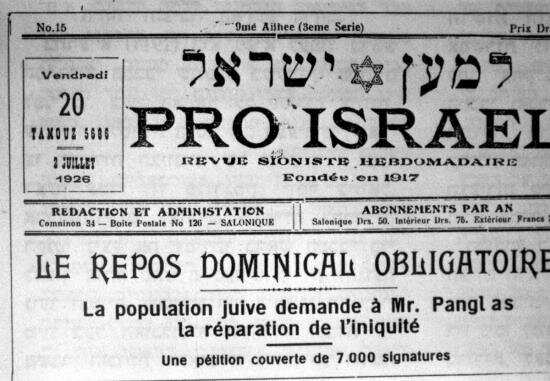
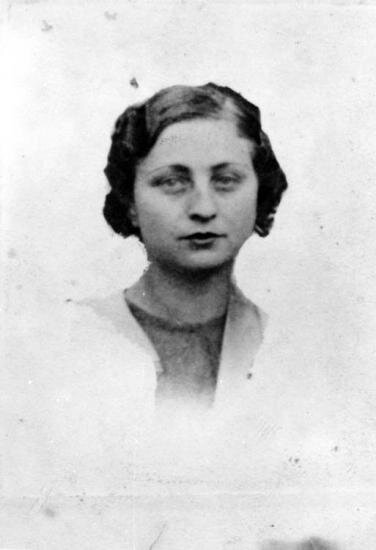
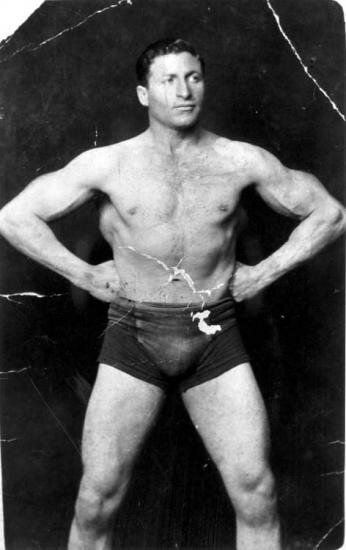
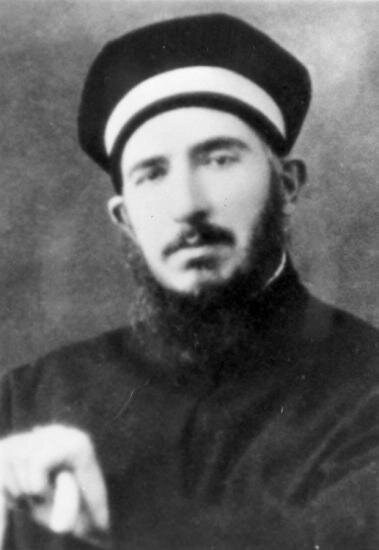
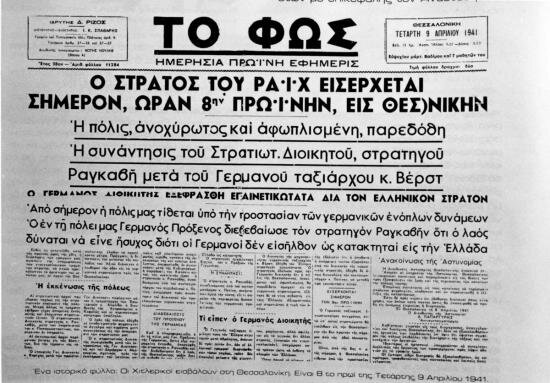
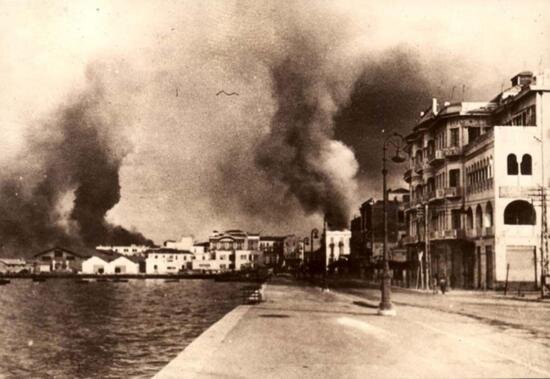
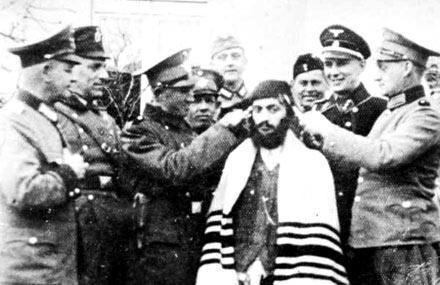
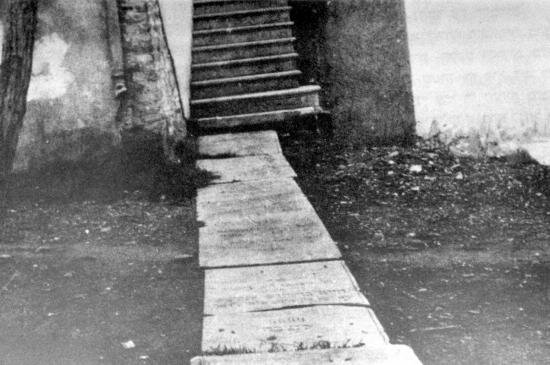
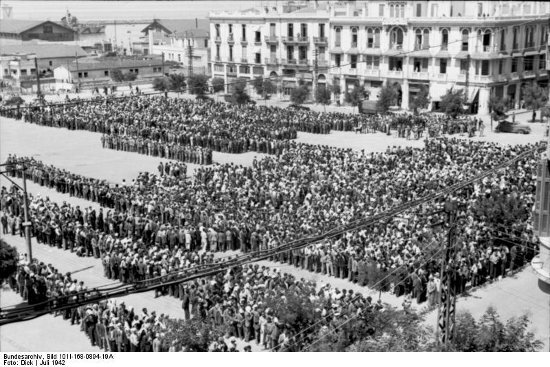
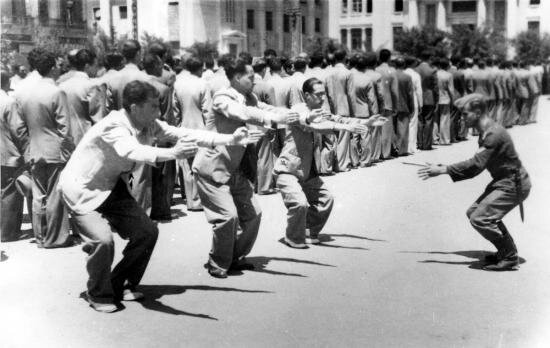

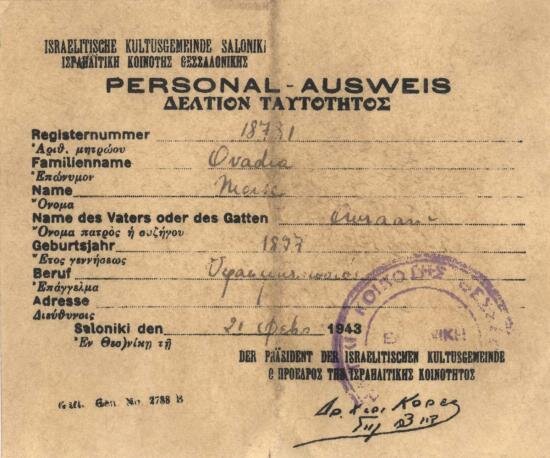
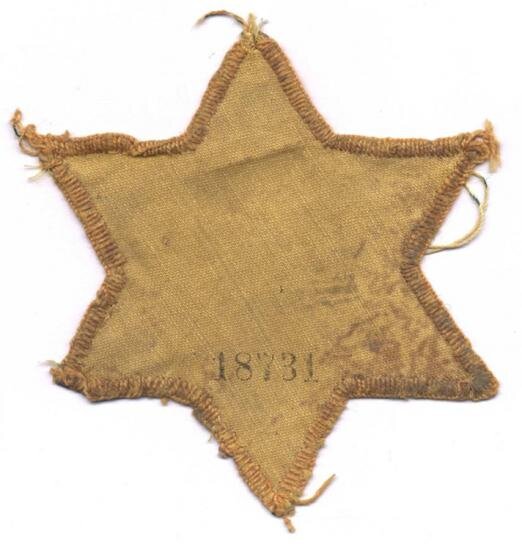
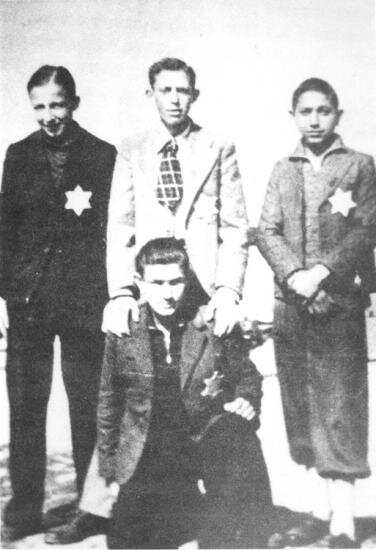
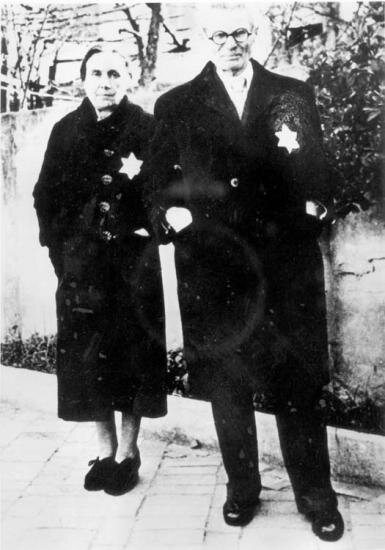
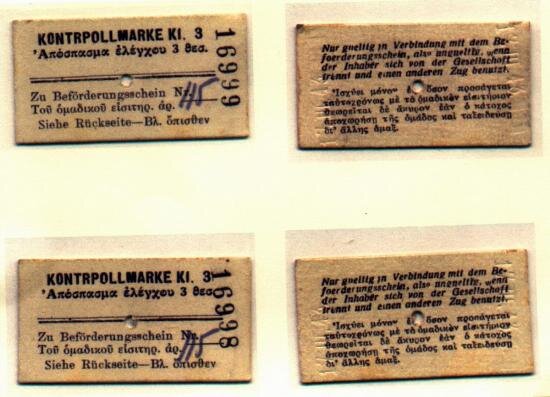

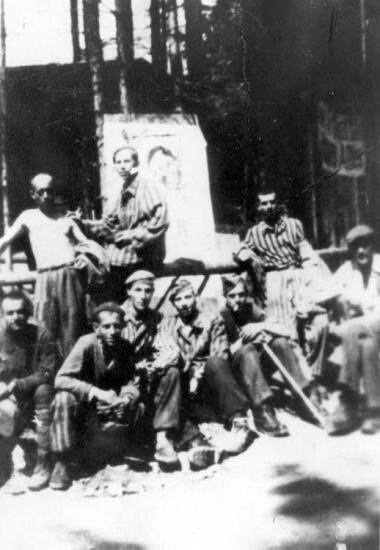
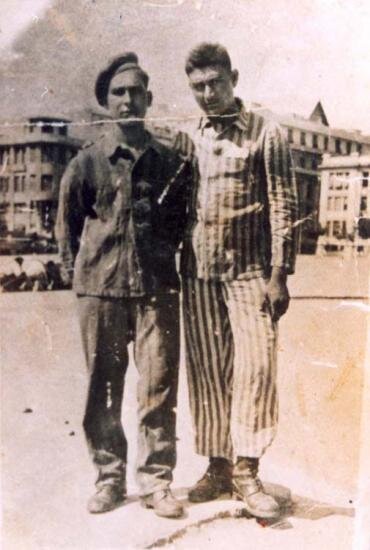

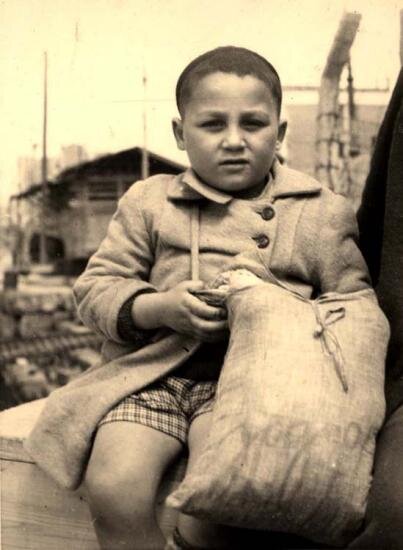
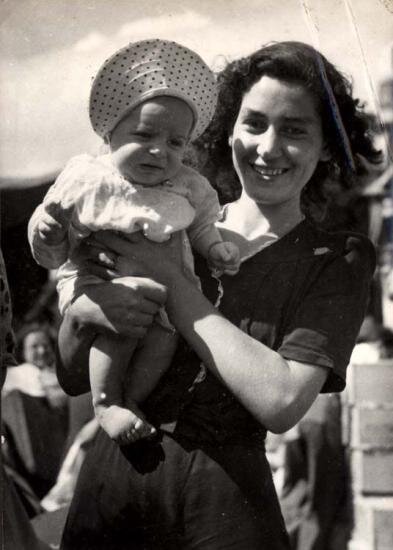
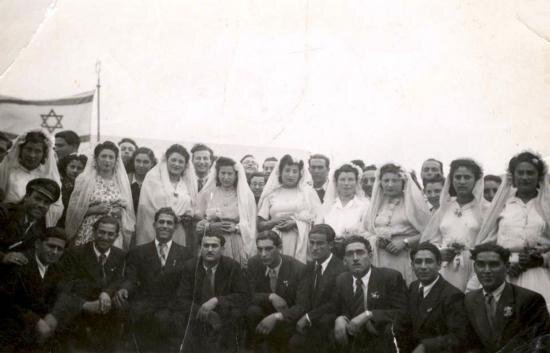

Interactive Scrolls
Experience this scroll yourself with our interactive scroll tool.

